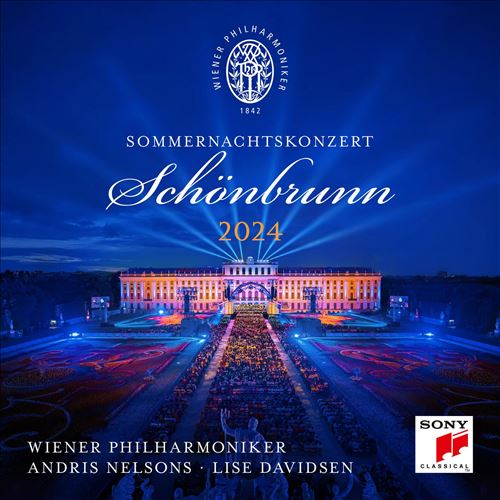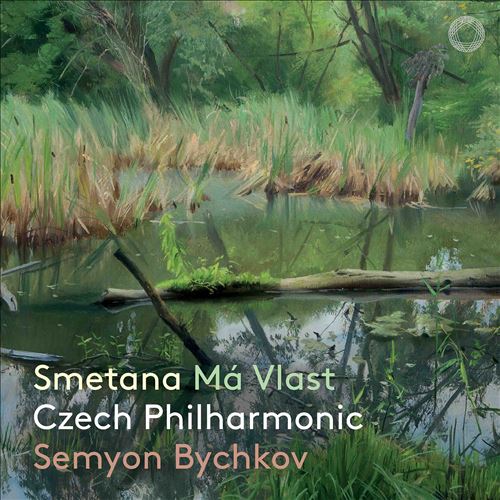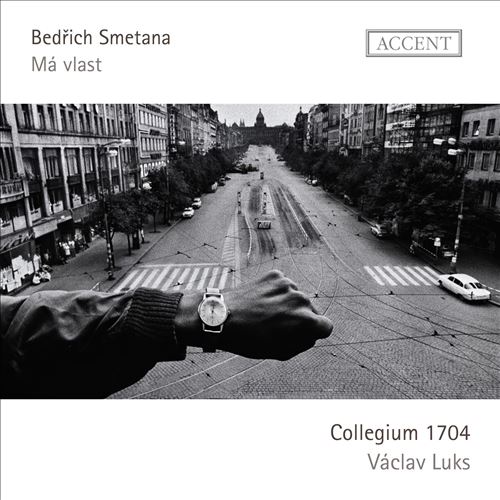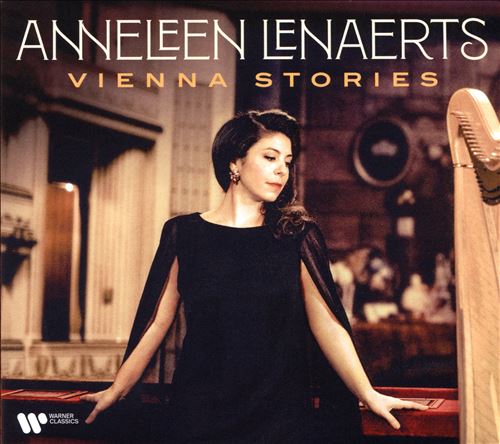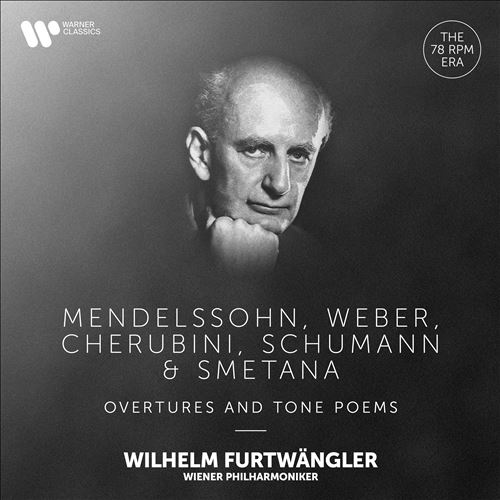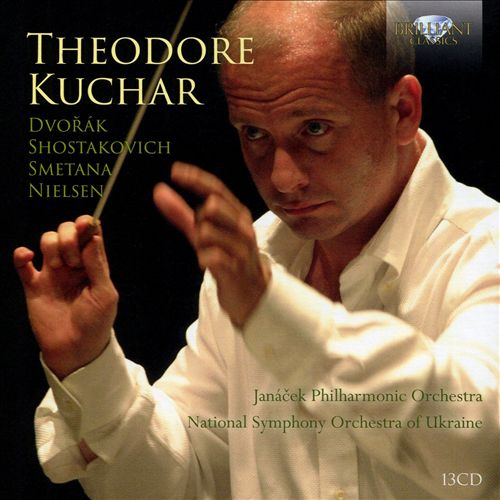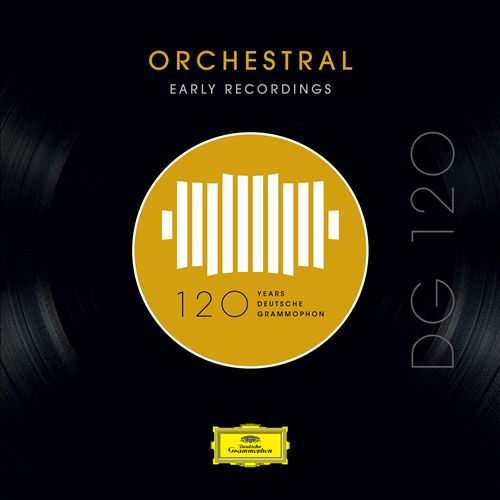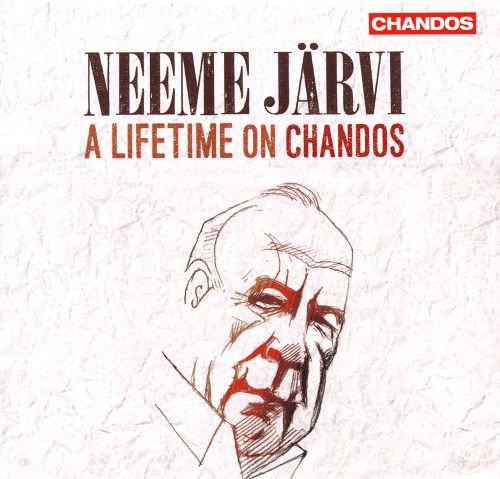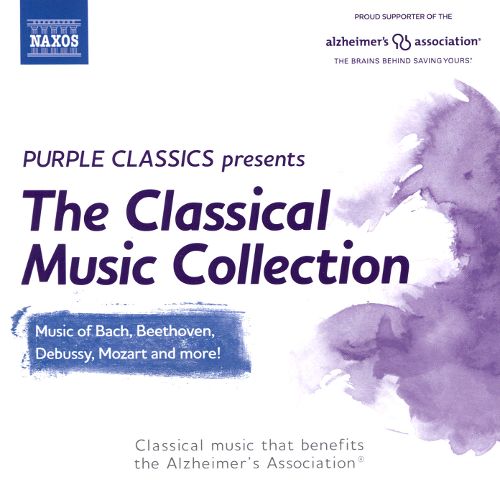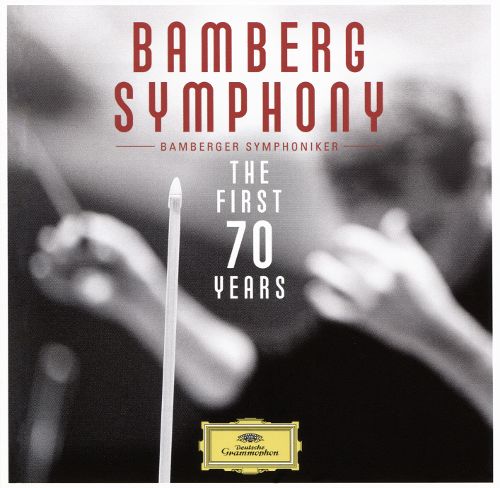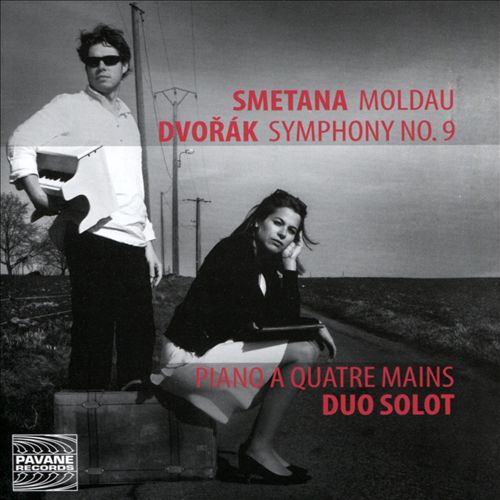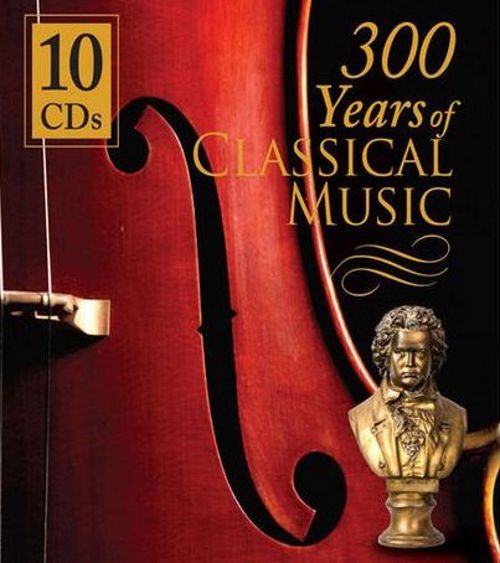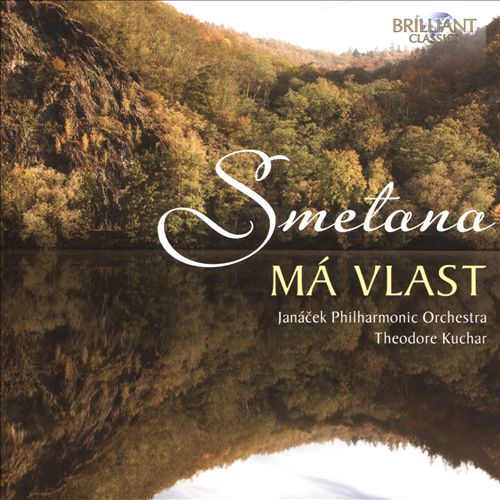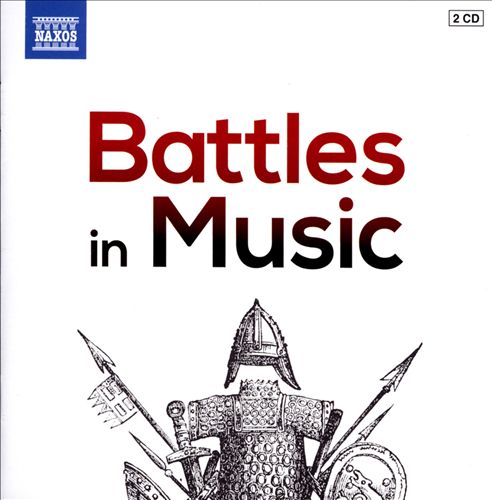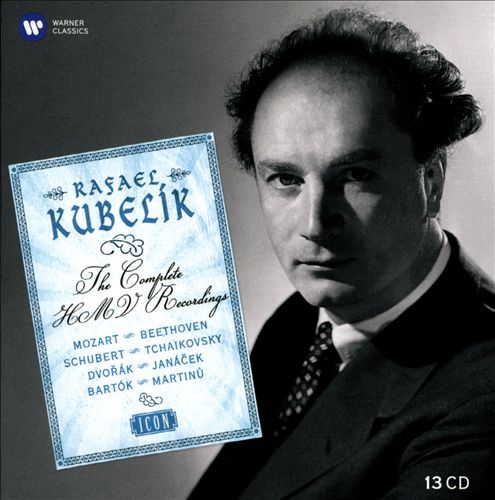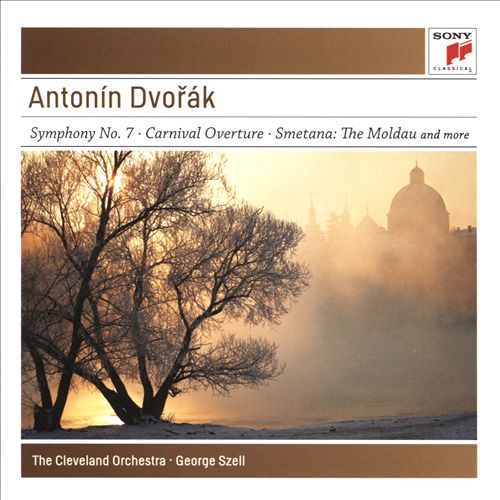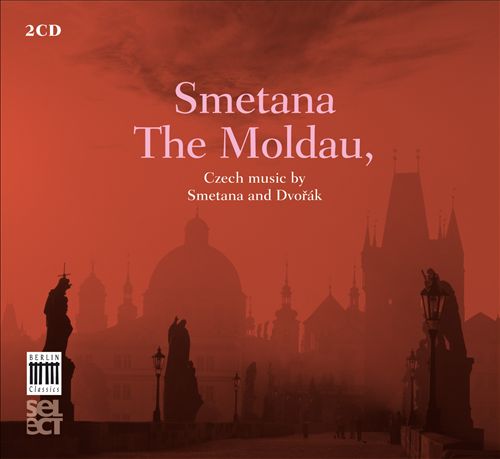Bedrich Smetana (베드르지흐 스메타나)
Má Vlast, JB 1:112
100
10,000
1,400
WORK INFO
작곡가: Bedrich Smetana (베드르지흐 스메타나)작곡년도: ca. 1872 - 1879출판년도: 1879 - 1894평균연주: 75:21악장1Vysehrad15:022Vltava (The Moldau)12:013Sárka9:504Z ceských luhu a háju (From Bohemia's Woods & Fields)12:345Tábor12:336Blaník14:06Má vlast ( [maː vlast, meaning "My homeland"in the Czech language) is a set of six symphonic poems composed between 1874 and 1879 by the Czech composer Bedřich Smetana. While it is often presented as a single work in six movements and – with the exception of Vltava – is almost always recorded that way, the six pieces were conceived as individual works. They had their own separate premieres between 1875 and 1880; the premiere of the complete set took place on 5 November 1882 in Prague, under Adolf Čech, who had also conducted two of the individual premieres. In these works Smetana combined the symphonic poem form pioneered by Franz Liszt with the ideals of nationalistic music which were current in the late nineteenth century. Each poem depicts some aspect of the countryside, history, or legends of Bohemia.
The first poem, Vyšehrad (The High Castle), composed between the end of September and 18 November 1874 and premiered on 14 March 1875, describes the Vyšehrad castle in Prague which was the seat of the earliest Czech kings. During the summer of 1874, Smetana began to lose his hearing, and total deafness soon followed; he described the gradual, but rapid loss of his hearing in a letter of resignation to the director of the Royal Provincial Czech Theatre, Antonín Čížek. In July 1874 he began hearing anomalous noise and then a permanent buzzing. Not long after the onset he was unable to distinguish individual sounds. At the beginning of October he lost all hearing in his right ear, and finally on 20 October in his left. His treatment was based on maintaining isolation from all sounds, but was unsuccessful. The poem begins with the sounds of the harp of the mythical singer Lumír, and then crosses over into the tones of the castle's arsenal. This section of the music introduces the main motifs, which are used in other parts of the cycle. A four note motif (B♭-E♭-D-B♭) represents the castle of Vyšehrad; this is heard again at the end of 'Vltava' and once more, to round the whole cycle off, at the conclusion of 'Blaník'.From WIKIPEDIA
RELEASED ALBUMS
-
Má Vlast: Bedrich Smetana Symphonic WorksFebruary 14, 2025
-
Dvorák: Symphonies Nos 6-9 [2024 Remaster + Smetana, Janacek]August 30, 2024
-
Smetana: Má vlast - II. Vltava, "The Moldau"June 28, 2024
-
Smetana: The Moldau & Other MasterpiecesMarch 1, 2024
-
Smetana: Má VlastMarch 1, 2024
-
Bedrich Smetana: Má vlastNovember 18, 2022
-
Vienna StoriesDecember 10, 2021
-
Mendelssohn, Weber, Cherubini, Schumann & Smetana: Overtues and Tone PoemsOctober 15, 2021
-
Dvorák, Shostakovich, Smetana, NielsenMay 3, 2019
-
Bedrich Smetana: My CountryOctober 19, 2018
-
DG 120: Orchestral, Early RecordingsOctober 5, 2018
-
Neeme Järvi: A Lifetime on ChandosAugust 17, 2018
-
The Moldau (Excerpt) from Smetana's Má VlastJuly 20, 2018
-
RecollectionMay 18, 2018
-
Smetana: Má VlastJanuary 12, 2018
-
Smetana: Má VlastJanuary 13, 2017
-
The Classical Music Collection [Purple Classics Present]June 17, 2016
-
Discover Symphonic MusicMay 27, 2016
-
Bamberg Symphony: The First 70 YearsApril 29, 2016
-
From the Heart of EuropeFebruary 12, 2016
-
Smetana: Moldau; Dvorák: Symphony No. 9January 8, 2016
-
300 Years of Classical Music [Sonoma]September 25, 2015
-
Smetana: Má VlastJuly 24, 2015
-
Dvorák: Symphony No. 9May 12, 2015
-
Battles in MusicFebruary 10, 2015
-
The Complete HMV RecordingsOctober 14, 2014
-
Classical One Hit WondersJune 10, 2014
-
Antonín Dvorák: Symphony No. 7; Carnival Overture; Smetana: The MoldauOctober 22, 2013
-
Smetana: The MoldauMay 17, 2013
-
Top 50 Favourite Classical Chillout TunesMarch 4, 2013
FEATURED MOVIES
-
 11:43스메타나: 나의 조국 JB 1:112 3. SarkaSpring 2011
11:43스메타나: 나의 조국 JB 1:112 3. SarkaSpring 2011 -
 12:49스메타나: 나의 조국 JB 1:112 2. Vltava (The Moldau)1st August 2008
12:49스메타나: 나의 조국 JB 1:112 2. Vltava (The Moldau)1st August 2008 -
 13:13스메타나: 나의 조국 JB 1:112 2. Vltava (The Moldau)Feb 2013Indianapolis
13:13스메타나: 나의 조국 JB 1:112 2. Vltava (The Moldau)Feb 2013Indianapolis -
 1:59:04스메타나: 나의 조국 JB 1:112Spring 2013Prague
1:59:04스메타나: 나의 조국 JB 1:112Spring 2013Prague -
 10:22스메타나: 나의 조국 JB 1:112 2. Vltava (The Moldau)
10:22스메타나: 나의 조국 JB 1:112 2. Vltava (The Moldau) -
 15:03스메타나: 나의 조국 JB 1:112 2. Vltava (The Moldau)
15:03스메타나: 나의 조국 JB 1:112 2. Vltava (The Moldau) -
 07:08스메타나: 나의 조국 JB 1:112 2. Vltava (The Moldau)Spring 1990Prague
07:08스메타나: 나의 조국 JB 1:112 2. Vltava (The Moldau)Spring 1990Prague -
 11:35스메타나: 나의 조국 JB 1:112 The Moldau20/9/2013Trinity Laban Conservatoire of Music and Dance
11:35스메타나: 나의 조국 JB 1:112 The Moldau20/9/2013Trinity Laban Conservatoire of Music and Dance -
 14:38스메타나: 나의 조국 JB 1:112 Die Moldau2010Graz
14:38스메타나: 나의 조국 JB 1:112 Die Moldau2010Graz -
 15:52스메타나: 나의 조국 JB 1:112 2. Vltava (The Moldau)October 13, 2013
15:52스메타나: 나의 조국 JB 1:112 2. Vltava (The Moldau)October 13, 2013 -
 11:55스메타나: 나의 조국 JB 1:112 The Moldau12.12.2010Motif Kreuzkirche Siegsdorf
11:55스메타나: 나의 조국 JB 1:112 The Moldau12.12.2010Motif Kreuzkirche Siegsdorf -
 28:32스메타나: 나의 조국 JB 1:112 1. Vysehrad , 2. VltavaApril 16, 2014
28:32스메타나: 나의 조국 JB 1:112 1. Vysehrad , 2. VltavaApril 16, 2014 -
 11:12스메타나: 나의 조국 JB 1:112 2. Vltava (The Moldau)1990.06.09
11:12스메타나: 나의 조국 JB 1:112 2. Vltava (The Moldau)1990.06.09 -
 14:59스메타나: 나의 조국 JB 1:112 2. Vltava (The Moldau)June 3rd, 2012Church of St. Mary Magdalene, 1945 Illion St., San Diego, CA
14:59스메타나: 나의 조국 JB 1:112 2. Vltava (The Moldau)June 3rd, 2012Church of St. Mary Magdalene, 1945 Illion St., San Diego, CA -
 08:39스메타나: 나의 조국 JB 1:112 2. Vltava (The Moldau)November 18th, 2010Stony Brook University Staller Center
08:39스메타나: 나의 조국 JB 1:112 2. Vltava (The Moldau)November 18th, 2010Stony Brook University Staller Center
ALBUM MUSIC
WORKS SHOUTS




